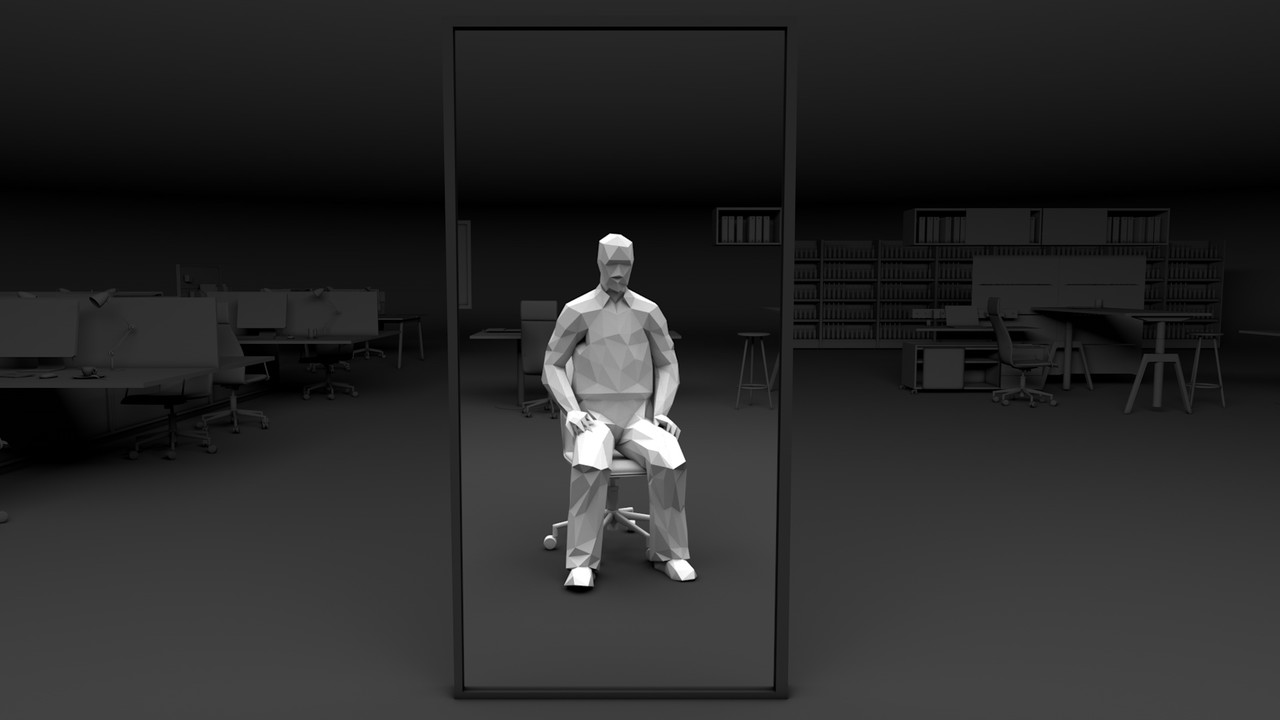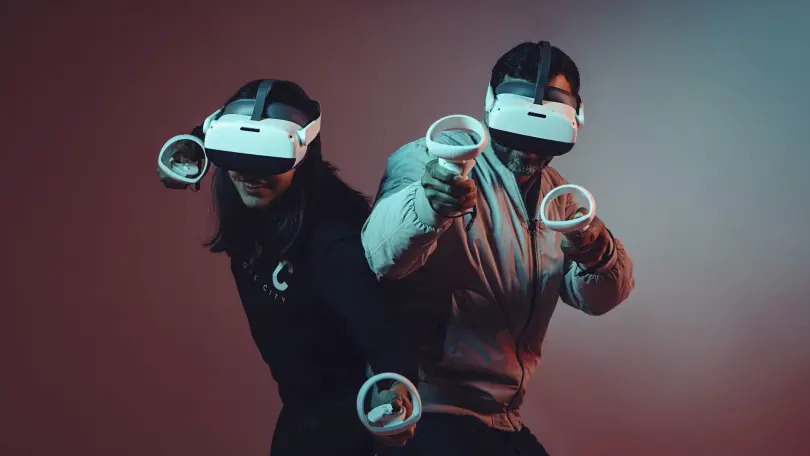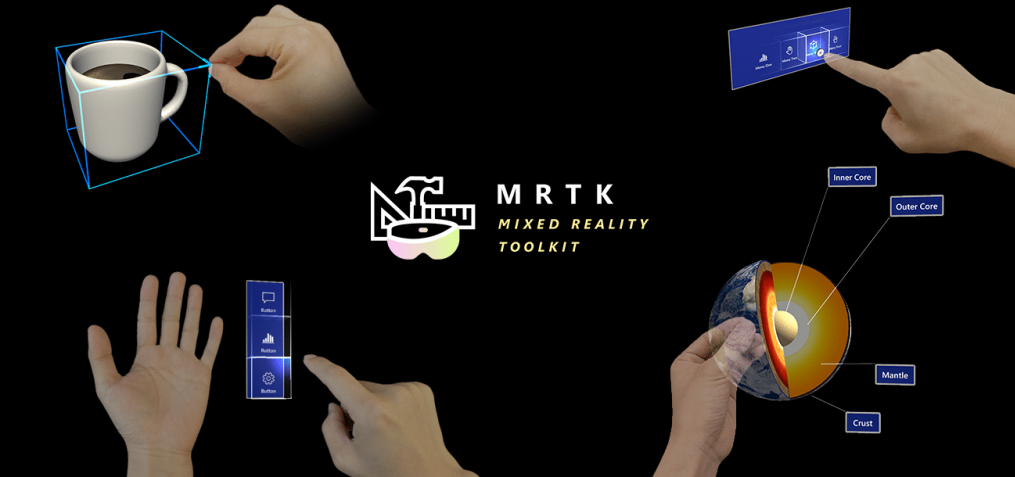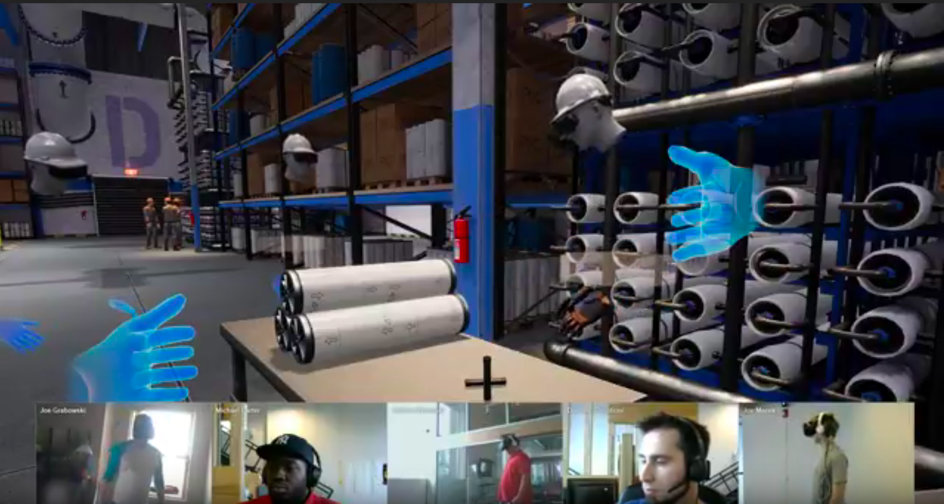1.) How do you think VR can develop key soft skills in leaders?
In VR, you can step in anyone’s shoes and be immersed in true-to-life simulations of workplace scenarios where you have to act and make choices. It’s leadership experience on demand.
In essence, VR lets you practice your soft skills in a safe and consistent environment where you can learn from your mistakes.
2.) Why should more organizations adopt VR into their soft skills training for leaders?
There are two major shifts in Leadership Training happening in parallel. Firstly, with the digitisation of the ‘World of Work’ and the acceleration of automation and AI, large organisations must upskill vast portions of their leadership teams quickly.
Secondly, the new digital-native generation of leaders is hungry for flexible on-demand solutions where they can self-direct their development.
That’s where VR comes in: it brings the experiential impact of face-to-face training together with the scalability, consistency and measurability of digital solutions.
3.) What soft skills can VR help successfully develop?
VR should really be used where it brings the most added value versus existing methodologies. I believe VR makes a real difference in training interpersonal skills rather than more cognitive ones. Simulations can be created by subject matter experts, acted by professional actors and happen in unrestricted realistic environments: it’s not roleplay, it’s ‘Real Play’.
Organisations can finally give leaders real-world experiences to practice with without the risks and costs involved with real-world mistakes. The load of the learning is shifted back onto the learners who can now enjoy fully personalised training and practice whatever, wherever and whenever they want.
4.) How have you seen organizations benefit from incorporating VR into training programs?
The most immediate benefit is lowering costs. Travel, accommodation and downtime costs drop whilst learners spend less but better-focused time training from their location.
But I feel, more importantly, that by making training behaviorally-focused, personalised and repeatable, VR reduces the time to competency which in turns benefits operational performance, improves the overall workforce’s wellbeing and reduces attrition rates.
5.) What elements does a VR-based soft skills training program need in order to be successful?
Firstly, regardless of whether you choose an off-the-shelf solution or develop bespoke content, you need a platform with a proven track record as a learning solution. There are too many POCs gathering dust on virtual shelves because they were not designed with the learner’s needs in mind. At the beginning of the program, you should bring together end-users, learning designers, business stakeholders and VR designers as the same table to scope precisely what makes sense for your organisation.
The second element consists of securing the long-term viability of the program by delivering a pilot in the right conditions: supported by decision-makers, thoroughly testing learning performance amongst end-users and learning from it to devise a full roll-out strategy.
About Somewhere Else Solutions
Somewhere Else Solutions is a London-based innovation agency specialised in immersive technologies. SES recently launched BODYSWAPS®, a soft skills training simulator powered by Virtual Reality & Artificial Intelligence. More info here.
Quelle:
Foto: Somewhere Else Solutions – BODYSWAPS® – 2019




